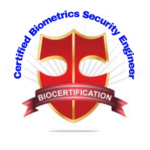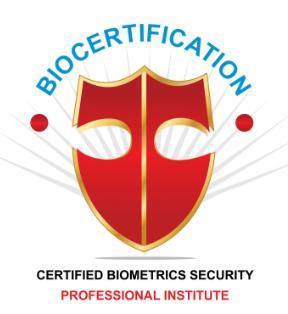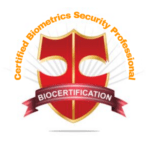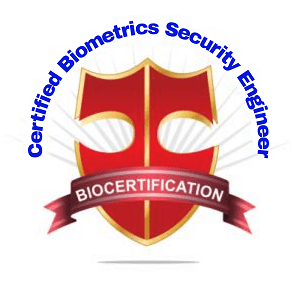
CBSE designates knowledgeable technology professionals in the field of biometric security. This program is designed for those who wish to gain a solid understanding of biometric technologies and apply concepts and design principles to improve logical and physical access control in identity management systems. Ideal candidates for this program include security architects, security engineers, information assurance consultants, program managers and other individuals with experience and expertise in information security related domains.
Prerequisites
CBSP and CompTIA Security+ training or certification is highly recommended but not required. Candidates who wish to gain knowledge in CompTIA security+ may attend our on-line course to gain the required lmpwedge. Please visit the link provided here…
CBSP Program
Course Duration: 4Day
(ISC2)CPE: 30
Cost: $ 1995
Group Training
Course Duration: 4Day
(ISC2)CPE: 30
Cost: Group Discounted Price
Course description
CBSE designates knowledgeable technology professionals in the field of biometric security. This program is designed for those who wish to gain a solid understanding of biometric technologies and apply concepts and design principles to improve logical and physical access control in identity management systems. Ideal candidates for this program include security architects, security engineers, information assurance consultants, program managers and other individuals with experience and expertise in information security related domains.
Program Objectives
Biocertification CBSP Introduction
Introduction to Biometrics
Biometrics Systems
Biometric System Performance
FBI-NGI-IAFIS
Biometric Standards
Fingerprint Recognition
Face Recognition
Iris Detection
Vein Recognition-VPR
Hand Geometry Recording
DNA Recognition
Gait Recognition
Keystroke Dynamics
Multi modal Systems
Palm Print
Privacy and Laws
Retina Scanning
Signature Biometrics
Speech and Voice Recognition
Biometrics as a Service
Biometrics and Border Security
Biometrics and Cybersecurity
On-Demand
Virtual Live & Classroom raining
On-Site / Group training
Find the Event or Please Contact Us or call a sales representative for CBST registration & schedule information.
Biocertification Training Courses Pre-Approved for CompTIA CEU’s
CE System Activity Name: Training: Other IT Industry
Max CEU’s Earned Per CE Cycle:
- CompTIA A+ – 16 CEU’s
- CompTIA Network+ – 24 CEU’s
- CompTIA Security+ – 40 CEU’s
- CompTIA CYSA+ – 40 CEU’s
- CompTIA Linux+ – 40 CEU’s
- CompTIA CASP – 60 CEU’s
If the training pertains to a CompTIA certification (A+, Security+…) please use the following:
CE System Activity Name: Training: CompTIA Certification CAQC-Approved
Max CEU’s Earned Per CE Cycle:
- CompTIA A+ – 16 CEU’s
- CompTIA Network+ – 24 CEU’s
- CompTIA Security+ – 40 CEU’s
- CompTIA CYSA+ – 40 CEU’s
- CompTIA Linux+ – 40 CEU’s
- CompTIA CASP – 60 CEU’s
CE Submission Requirements:
Individuals must upload the following information into their Candidate Record in order for training to be approved:
• Date of training program
• Number of training hours
• Training completion certificate from the training provider
CE Submission Requirements:
Individuals must upload the following information into their Candidate Record in order for training to be approved:
• Date of training program
• Number of training hours
• Training completion certificate from the training provider
CE Activity Guidelines:
- If renewing a ‘certified for life’ certification then training must have been completed within 90 days prior to enrolling in the CE program or within the 3 year CE cycle.
- If renewing a ‘ce’ certification training must have been completed within the 3 year CE cycle.
| Biometrics – Course Titles | A+ | Network+ | Security+ | CASP |
| Certified Biometrics Security Professional | APPROVED | APPROVED | APPROVED | APPROVED |
| Certified Biometrics Security Technician | APPROVED | APPROVED | APPROVED | APPROVED |
| Certified Biometrics Security Engineer | APPROVED | APPROVED | APPROVED | APPROVED |



